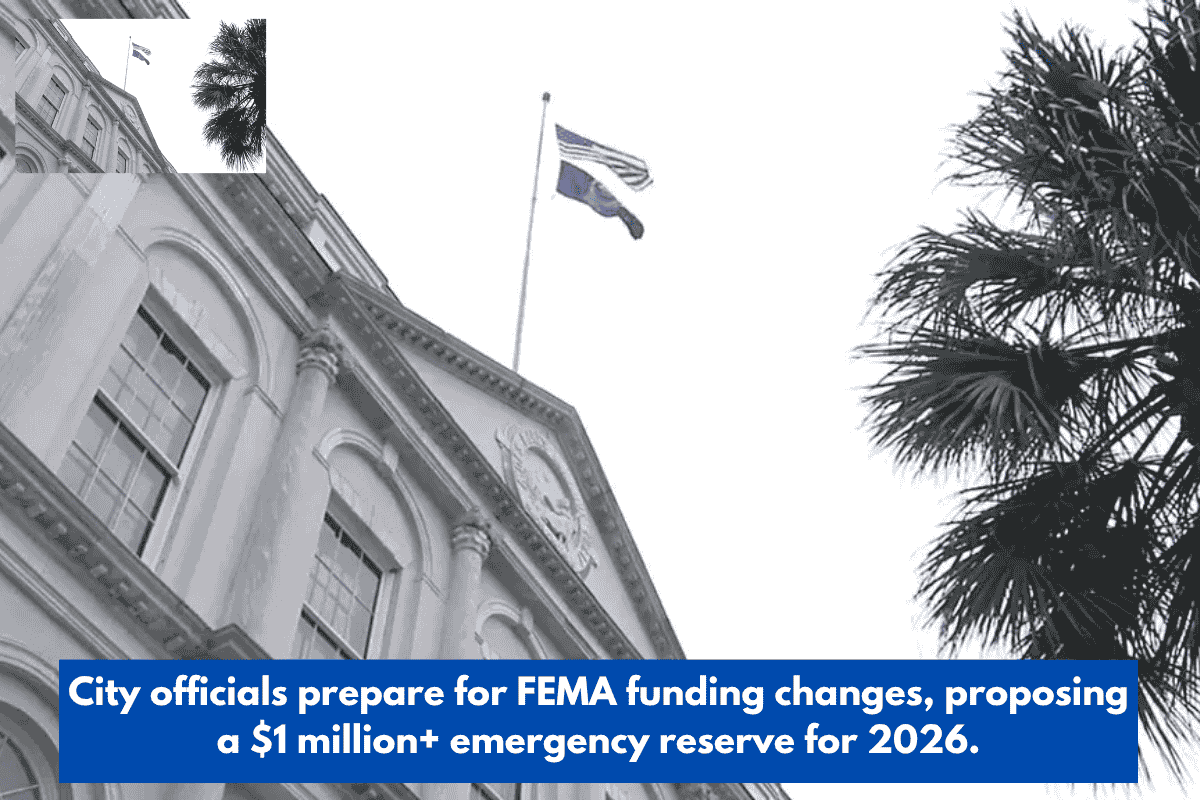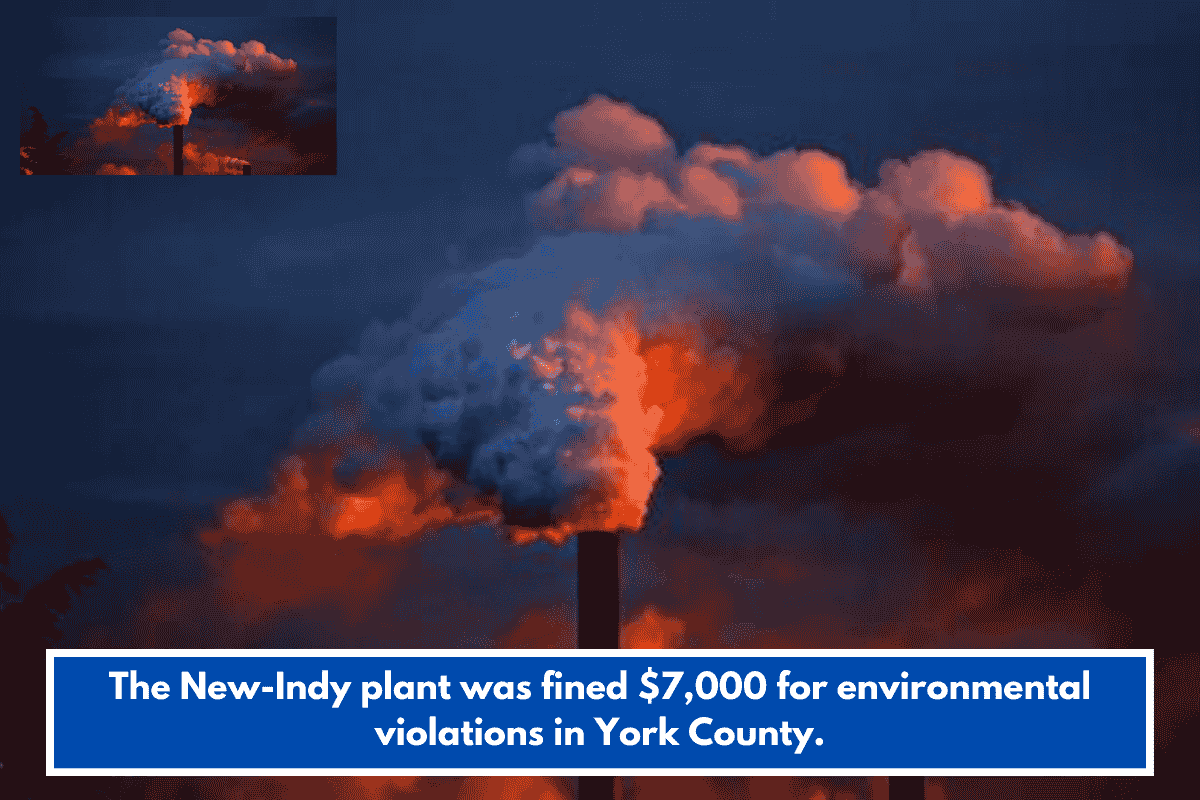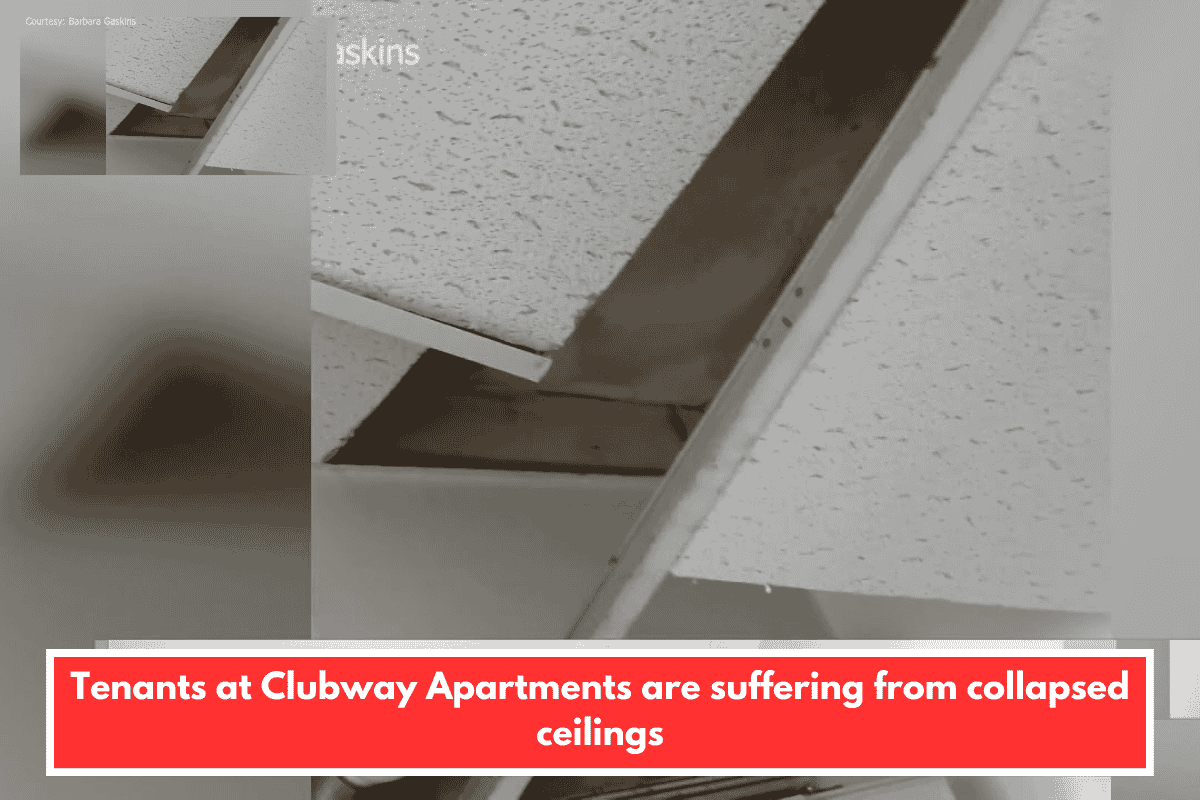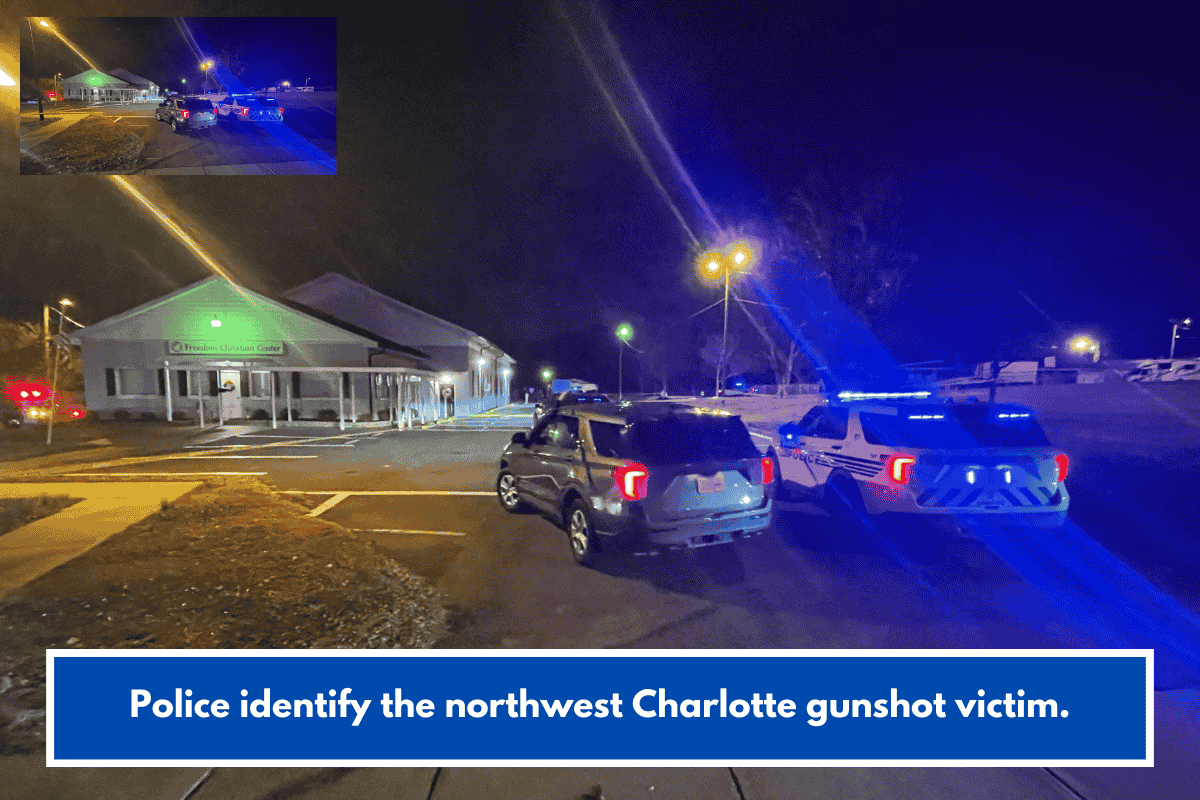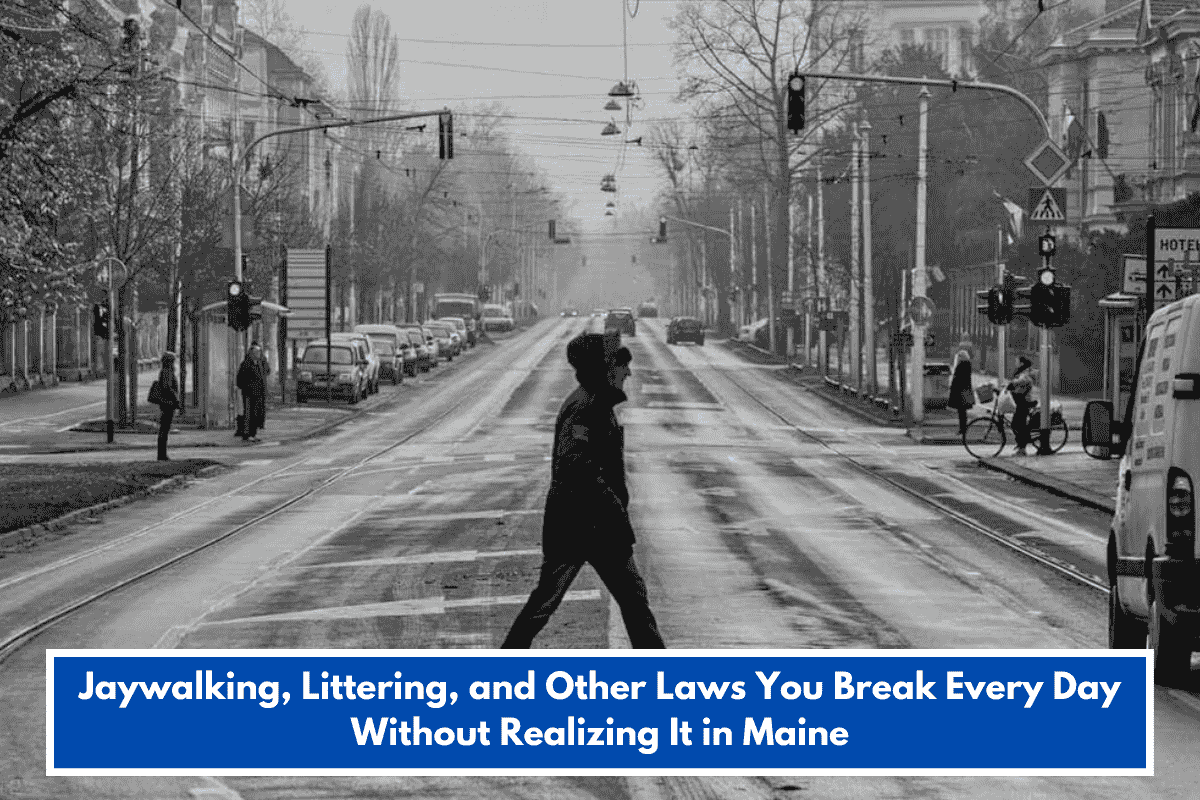Charleston, South Carolina — The City of Charleston is planning to nearly quadruple its natural disaster emergency fund in 2026, as proposals to raise the threshold for Federal Emergency Management Agency relief funds for some natural catastrophes go through the federal government. If those modifications are implemented, state and local governments will face a considerable increase in their responsibilities to pay for repairs following hurricanes, earthquakes, and other unanticipated critical occurrences.
The suggested modifications were reviewed by city officials at a Wednesday afternoon Ad Hoc Budget Committee meeting headed by Chief Financial Officer Amy Wharton to examine the 2026 budget with Mayor William Cogswell and several city council members. “This is kind of a big deal for us,” Wharton opened the debate about emergency funding.
FEMA’s Public Assistance Program employs a per capita value to determine whether a disaster is severe enough to deserve federal assistance, and the figure is adjusted annually in accordance with the Consumer Price Index. Wharton noted that the most recent proposal would increase the per capita rate for triggering assistance from $1.89 to $7.56 per capita. With such a high per capita rate, the city would not have received funds for the last three hurricanes that struck it. Changes to the rate have passed via committee but not the House, according to Wharton, but city officials are preparing for its approval.
Wharton stated that the city budgets for unexpected tropical disasters each year to cover staff and overtime expenditures until FEMA monies become available for larger events. She stated that federal funding for some disaster assistance has been paused since April, and that anything beyond that month may be impacted by the planned per capita rate change, if approved by the federal government.
According to the city’s estimations, the state of South Carolina would need to show approximately $41.4 million in statewide disaster-related damages to trigger major disaster public assistance payments under the revised requirements. South Carolina received $38 million in FEMA public relief cash when Hurricane Dorian hit in 2019, $25 million following Hurricane Ian in 2022, and $16 million from Hurricane Debby last year. Under the proposed threshold increase, the state would not have received public assistance cash for the storms.
Wharton said city officials haven’t heard from the state government about any preparations to solve the potential financial shortfall, but federal small block grants for disasters ranging from $1 million to $10 million may be available; however, they would not be automatically activated.
Furthermore, modifications are predicted in the types of “non-critical” infrastructure that will be eligible for funding. These facilities, for which the city has previously received assistance to rehabilitate after tropical catastrophes, include:
Baseball fields
Golf Courses
Playgrounds
Swimming Pools
Tennis courts
Docks and piers
Wharton described the cost of maintaining docks and piers in the past as “substantial.” The proposed amendments would also abolish disaster declarations for snowstorms, which Charleston experienced earlier this year.
Dorian cost the city $3 million in 2019, Ian $1 million in 2022, and Debby $351,000 in 2024. In 2025, it planned $600,000 in the disaster reserve to cover storm-related costs until FEMA money arrived. A cautious emergency reserve for 2026 would be between $1 million and $1.5 million, according to Wharton, but next year’s emergency fund may include cash placed aside in 2025 but not used, she noted.

